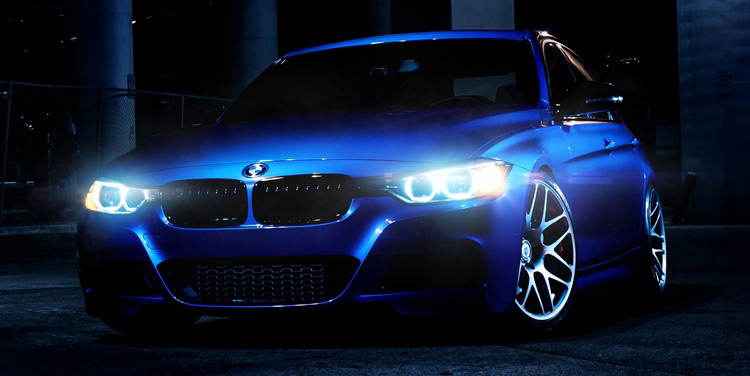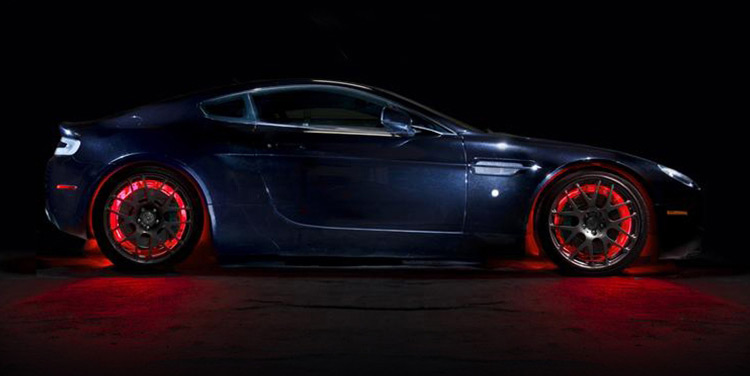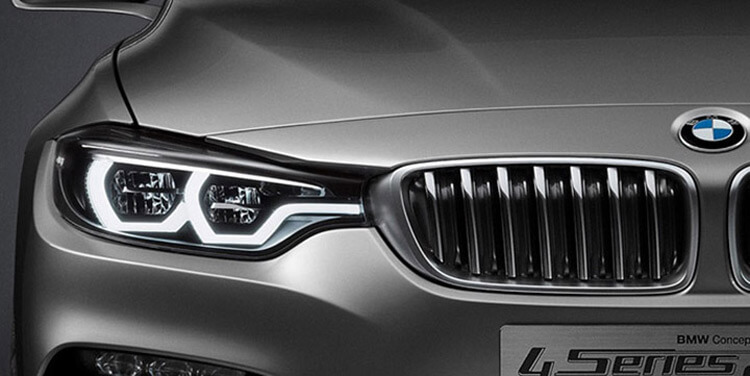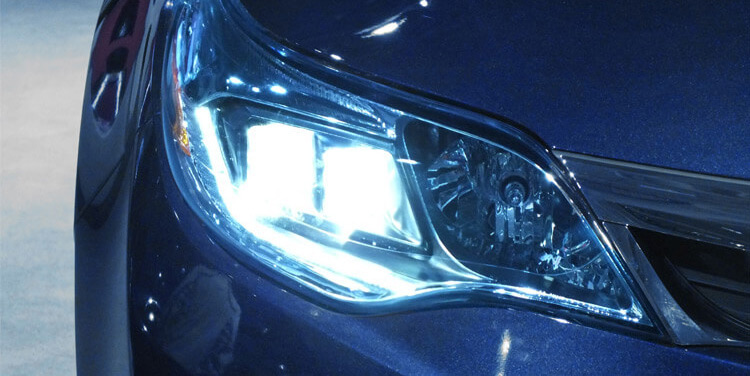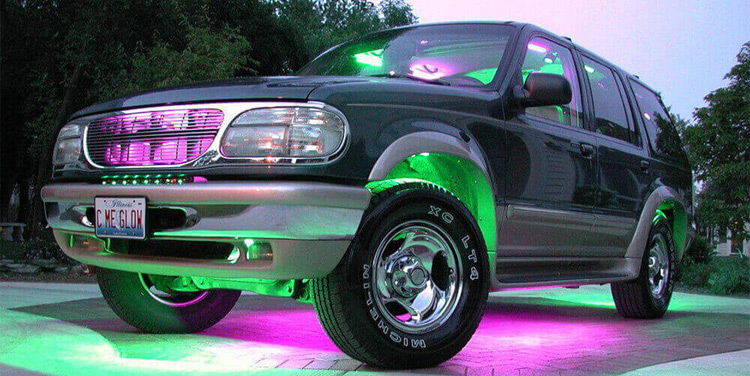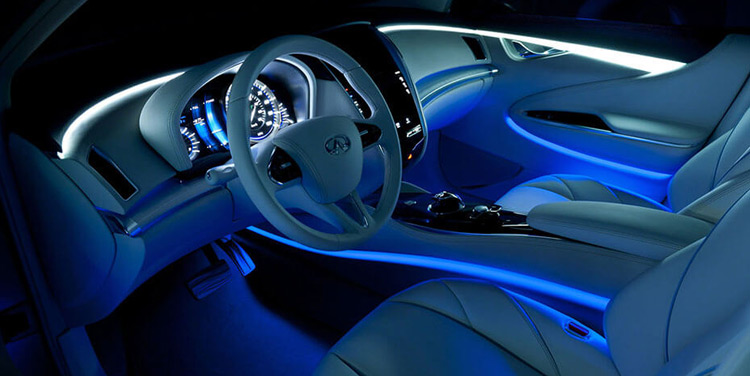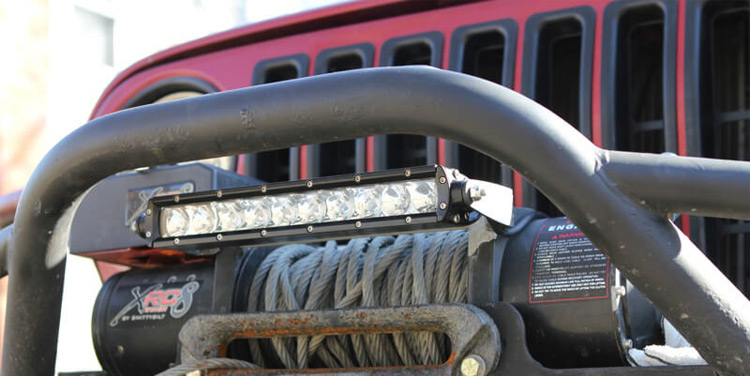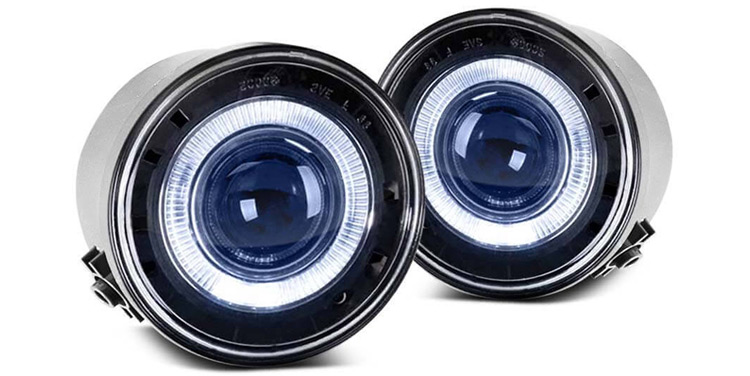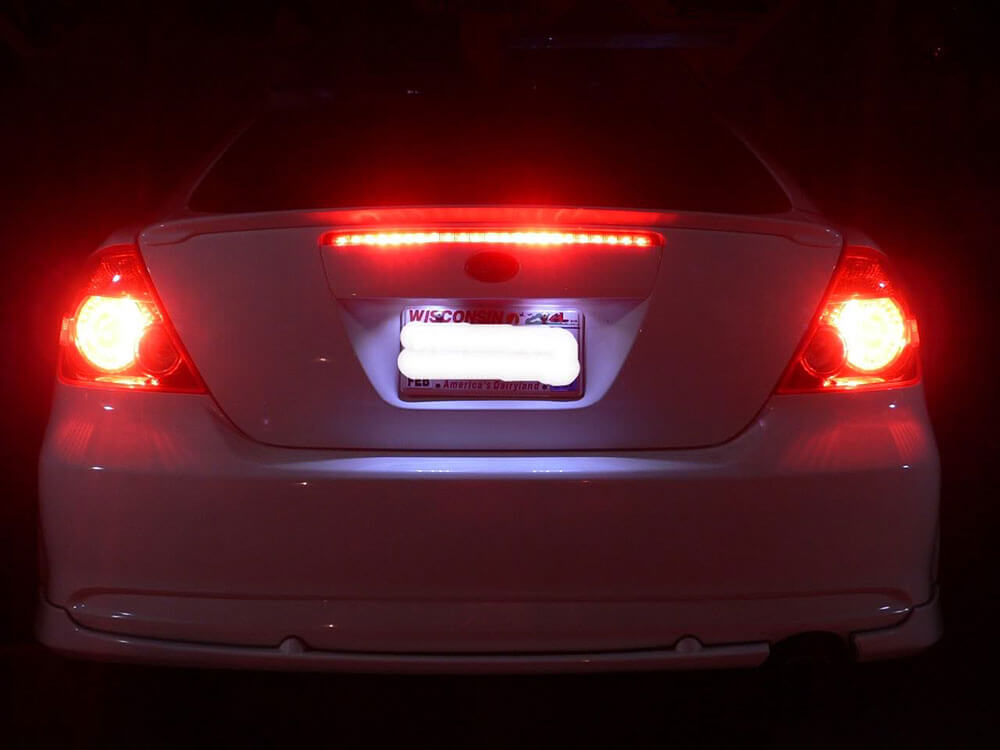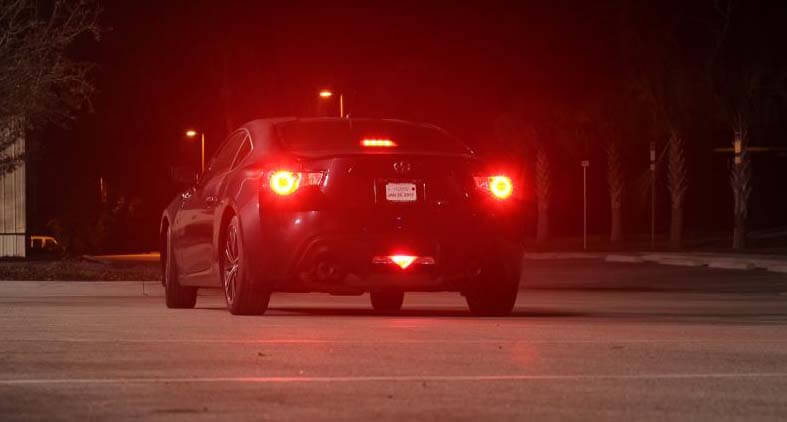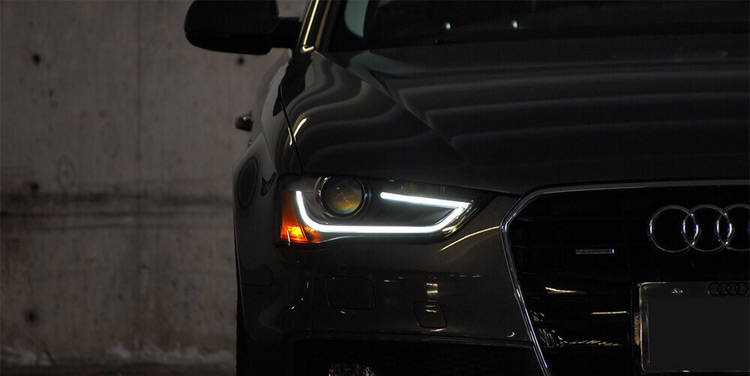
Considering high competition level on the automotive market, manufacturers continuously try to find new ways to sell their products, which means they continuously make their products more fuel-efficient, aesthetically appealing, cost-effective, environmentally friendly, and safe. As for the safety, one of the things that drastically improves it in the daytime is daytime running lights.
Daytime running lights (also know as DRL) are installed on the front of vehicles to increase visual contrast between vehicles and their background. DRLs were introduced in the North European countries, such as Sweden, Norway, and Finland, where they were particularly useful due to the low ambient light level. At present, seven countries, namely Canada, Denmark, Finland, Hungary, Iceland, Norway, and Sweden, require vehicles to have lights on in the day time.
Multiple studies have shown that DRLs reduce daytime multiparty crashes. Tests held by the Society of Automotive Engineers showed a 38% reduction in collisions in the first year of installation. And other tests showed a 64% reduction in car damages for cars equipped with DRL. Although daytime running lights studies indicate crash reduction effects in northern countries, the question on their effectiveness in lower latitudes is not answered. This question originated in the United States in the late 1950's. Though the dispute is not resolved yet, there are places in the USA, where DRL use is required or requested for some vehicles. There are also few States that require drivers to turn on their headlamps when it is raining or in poor daytime visibility conditions.
There are few kinds of daytime running lights used by manufacturers: dimmed high beams, low-beam headlights, and steady burning lights. Typically, daytime running lights are high beam headlights at reduced intensity. Tail lamps or turn signals also may be lit, and in some vehicles, turn signals alone function as DRLs. A properly installed daytime running light module will activate the high beam headlights at approximately 50% brightness any time the vehicle is operating during daylight hours. When activated, daytime running light module will also turn on the vehicle's corner marker lights.
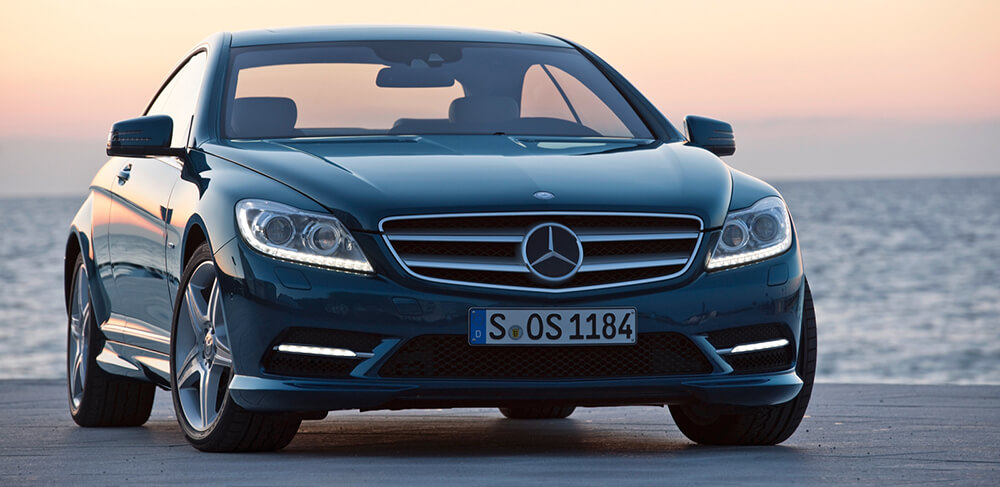
As the technology is developed to be used through the daytime, it is much more efficient and effective than existing lighting devices. DRL power consumption varies widely depending on the implementation. The energy usage is roughly 25-30 % of the consumption of a typical driving light. When applying LED running lights, the energy consumption is reduced to just 10%. Currently, DRL systems consume from 8 W (DRL LED systems) to over 200 W (headlamps and all parking, tail, and marker lights on). DRL fuel consumption can be reduced to insignificant levels by the use of 8 to 20 W LED DRL systems or high-efficacy filament bulbs.
It shouldd that numerous countries have implemented daytime running lights into the manufacturing of their vehicles and require their usage by law. While in the United States it is recommended to use DRLs, there are no adopted laws for the time being. Regardless of this fact, the safety advantages of the daytime running lights are unquestionable.


